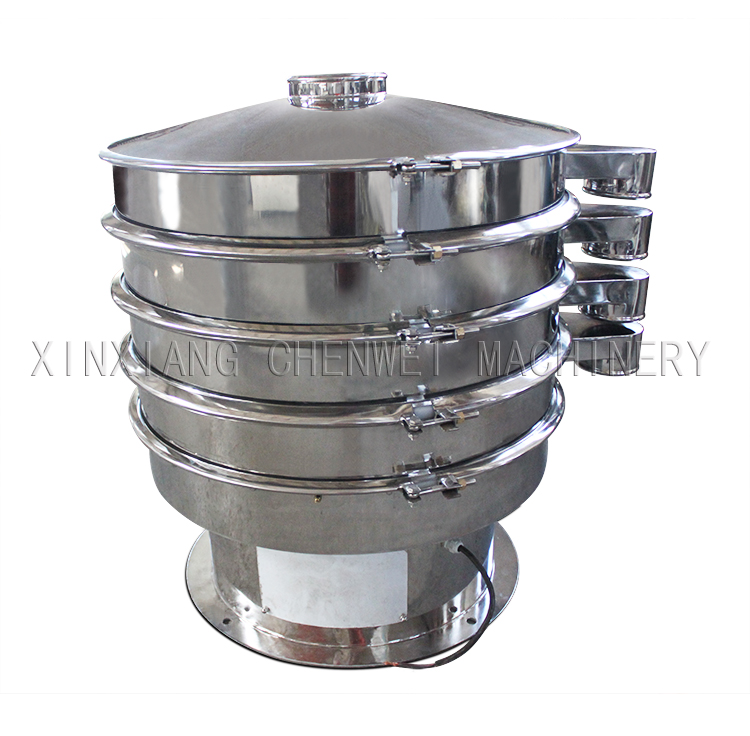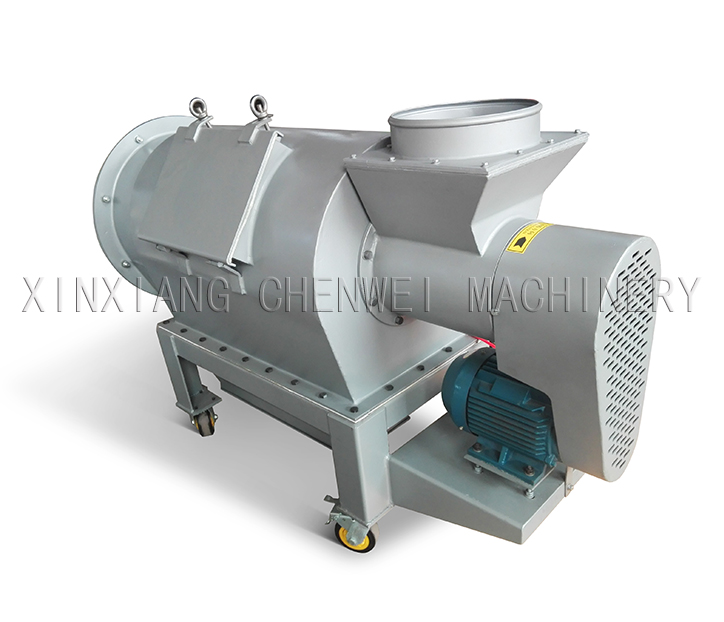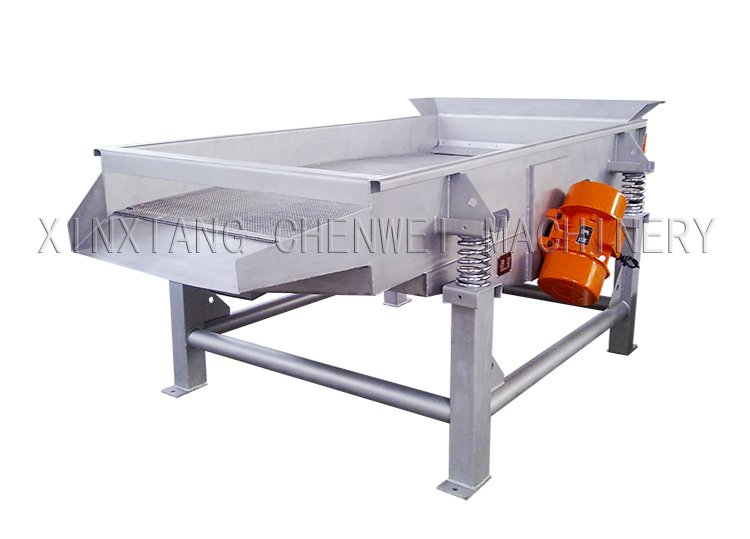In the underground mining process, technical measures such as reserve security pillars are adopted to maintain the temporary stability of the hollow area during the mining process. With the completion of mining, the ground pressure is disturbed by vibration loads such as blasting to form a secondary stress redistribution. The empty space formed during the mining process is difficult to maintain its own stability, posing a potential threat to the important buildings on the surface or important engineering safety. Therefore, the technical treatment of the goaf formed during the mining process has become an important measure to ensure safe mining. It can effectively control geological disasters such as surface subsidence and landslides, curb the regional water level decline caused by mining, and prevent the dynamic balance of surface water and groundwater. The system suffered damage [1-2]. The hole for filling the detection hole is basically arranged according to the distribution direction of the goaf and the direction of the ore body 02, and the hole spacing is basically 20m. Nine test bores were laid in the goaf on the north side of the block dam, and 13 test holes were laid in the goaf of the waste rock yard in the fill area. According to the site construction conditions, in order to facilitate the construction arrangement, the detection hole sequence can be adjusted accordingly. For the solid roof and poorly filled goaf, it is suitable for pouring paste slurry; for the roof falling, the gob area has been filled with most of the gravel, suitable for pouring the paste with good fluidity; In the case where the falling and goaf are partially filled, the above two kinds of slurry can be comprehensively used to finally ensure the filling and grouting treatment effects of the goaf.
Sieving Machine, as part of production line, is necessary in industry production, food processing, chemical powder grading. Currently we have round sieve, square sieve, centrifugal sieve, high precision sieve and test using sieve.
Mainly working principle is to sieve material (powder, granule) to different sizes or remove impurities by gravity. Also different type of screen cloth cleaning device were used to clean different materials, like bouncing ball cleaning system, ultrasonic systems, air vibrationg systems, brush clean system.
This type machine is pretty simple in structure and stable working. Durable quality make this machine can keep long time for 24hours working.
With a wide range, good quality, reasonable prices and stylish designs, our products are extensively used in mining, pharmacy, food, chemical, metal powder and other industries.
Sieving Machine Sieving Machine,Sieve Shaker Machine,Powder Sieving Machine,Sand Sieving Machine XINXIANG CHENWEI MACHINERY CO.,LTD , https://www.cwsieve.com
With the further expansion of production scale Silver Mine, in order to meet production needs and protect the environment, waste rock field in acidic water downstream to build a reservoir to collect waste dump generated, thus, to ensure the normal operation of the reservoir acidic, avoid waste rock Large-scale collapse occurs within the yard, and it is necessary to control the goaf that exists within the scope of the newly-developed acid reservoir.
1 acidic reservoir overview
Since the accumulated waste rock contains acidic substances, the rain leaching produces acidic water. In order to control the local environmental pollution caused by the acidic water of waste rock yard, Yinshan Mining Company built a new acid reservoir treatment facility, including new acidic reservoirs including acidic dams, acidic dam abutment spillways, acidic reservoir inundation areas, surface filling areas, blocking dams and Major engineering facilities such as canals.
The dam crest elevation is 106m, the design maximum dam height is 21m, the dam length is 88m, and the total storage capacity is 239,000 m3. The terrain of the reservoir area is mountainous. The south side of the reservoir is a mountain beam, the north side is a hill, the valley is the water area of ​​the reservoir area, and the north side and the east side are mine waste rock yards. The highest elevation in the reservoir area is 235m, the gully exit is a dam, and the elevation at the dam site is 85m.
2 Overview of the goaf
The goaf was formed in the 1980s. The mine adopts the bottomless column retention method, and the length of the ore block is greater than 30m. Most of the ore mining development system is the floor roadway with a specification of 2.2m×2.5m. It passes through the ore-penetrating vein and the prospecting along the vein roadway, forming a circular plane development in the middle section, and the goaf is generally not treated. The existing mined areas of the mine are mainly distributed in the waste rock yard area on the north side of the intercepting dam. The goaf has 10-10, 10-1B, 10-1C, 10-4 east-west direction from north to south, and the dip angle is mostly 75 ° ~ 87 °, the thickness of the vein is 2 ~ 3m. According to statistics, the filling volume of the goaf is 48,000 m3, of which the total filling volume of the Class A empty area near the north side of the blocking dam is 13950 m3, and the total filling volume of the Class A empty area of ​​the waste rock yard in the filling area is 30965 m3, Class B. The total filling volume of the empty area is 3080 m3.
3 construction process
According to the occurrence and distribution of the goaf, the filling holes are arranged at a certain interval along the surface of the goaf, reaching the top of the goaf. After the filling hole is formed into a hole, the filling pipeline is laid, and the cement-tailing sand paste body is filled by the filling pump, and finally the pure cement slurry or the diluted low-concentration filling material is sent to the goaf by the grouting pump to complete the filling. Grouting is topped. In order to ensure the filling quality of the goaf, the construction inspection hole, the drilling core, the filling, the water injection test and the three-dimensional scanning image detection means to check the filling compaction of the slurry stone in the goaf after filling, etc. If necessary, replenish pure cement slurry or diluted low-concentration filler to eliminate potential hazards and achieve complete filling of the goaf [3-5].
3.1 drilling process
3.1.1 Hole arrangement
The drilling design of this project is divided into three sequences. The I and II sequence holes are filled holes, and the hole spacing is 20m. The I-order filling holes are arranged in 40m in principle, and the II-order filling holes are located in the middle of the I-sequence holes on both sides. The holes are located in the middle of the I and II sequence filling holes, and the hole arrangement is shown in Fig. 1. 
3.1.2 Drilling construction
Filling hole construction adopts XY-4 rotary drilling machine , select 172mm opening diameter, drill into the strong weathered phyllite formation, enter the medium weathered phyllite formation depth greater than 6m, change  152mm drill bit, drill into Uncover the final hole in the gob position. If the formation is easily broken and the collapse will seriously affect the construction after opening, the diameter of the opening can be increased, the hole is expanded to 203mm, and the 194mm retaining wall tube is lowered after passing through the broken formation. The construction process of the filling hole is shown in Figure 2, and the structure of the filling hole is shown in Figure 3. 

3.2 filling process
3.2.1 Slurry preparation
The tailings, cement and admixture of the batching bin enter the twin-roller forced continuous mixer through the batching machine and the batching belt, and after being evenly mixed, it is sent into the borehole through the filling pump. In actual construction, the aggregate ratio and water content of the mortar shall be determined by on-site mixing ratio test.
The mass ratio of aggregate in mortar is more than 75%, the slump is 15~25cm, and the ratio of lime to sand can be adjusted according to the importance of goaf. The class A goaf control sandstone ratio is (1:5) ~ (1:6). After the B-type goaf and the slurry-filled deposit are connected into a triangular pile in the caving gravel pile (the vertical height is more than 20m), the cement content can be appropriately reduced, and the ratio of the sand-sand is controlled at (1:6) to (1:7). The slurry performance is adjusted according to the actual construction conditions, and the proportion of mortar suitable for filling without construction is selected. The surrounding rock cracks, the internal loose loose deposits and the filling roof of the goaf are made of high-concentration cement single-liquid slurry or mortar with a ratio of 1:6 and a mass ratio of about 50% after the dilution. The strength of the slurry is not less than 2 MPa. The slurry preparation process is shown in Figure 4. 
3.2.2 slurry transport
In order to reduce the phenomenon of easy pipe blocking during the slurry conveying process, the concrete pump is used to pump the mortar to the orifice. The horizontal section of the main filling pipe is made of seamless steel pipe. The joint of the vertical section of the main filling pipe and the horizontal main filling pipe shall be provided with a telescopic pipe; the joint of the vertical section of the main filling pipe and the horizontal main filling pipe and the horizontal main of the reverse laying The bottom of the filling pipe shall be provided with a sand discharging valve; the strength of the filling pipe joint shall not be lower than the strength of the connected pipe. Continuous pulping, continuous filling, uniform mortar mixing, large filling capacity, flushing the pipeline with clean water after each filling, the water pressure should not be less than 0.15MPa.
3.2.3 filling and topping
The single-hole filling construction is carried out in stages, and the slurry concentration and ratio are reasonably adjusted according to the conditions in the goaf. Generally, it is divided into three stages: firstly, the loose accumulation of the lower part of the goaf is filled with mortar with a large slump and good diffusibility. Then, the normal proportion mortar is used to fill the hollow of the goaf, and finally the orifice is closed, and the grouting is ensured by pressure pouring the thick cement slurry or diluting the mortar.
Since the fluidity of the mortar is relatively poor, when the filling material in the goaf cannot flow, the pipeline in the field and the swing filling pipeline should be extended.
The spacing of the penetrating veins arranged in this scheme is about 20m, and the pipes on both sides of the penetrating vein can basically be docked, so that the mortar can easily fill the triangular body vacancy and the topping. When the phenomenon of backfilling in the borehole is filled, the filling pipeline is closed, and the high pressure pumping is poured into the thick cement slurry or the diluted mortar. When the orifice pressure is greater than 1 MPa, the flow rate is less than 70 L/min, lasting 10-20 min, and then the end The filling of the hole is completed.
3.3 Filling and testing drilling requirements
(1) Filling and testing Before drilling, according to the actual situation of the site, the site will be cleared to strong weathered rock to determine whether there is a large crack caused by the collapse of the goaf.
(2) Filling and detecting the drilling hole position (can be adjusted according to the stopway sectional view of the roadway) The actual measuring and discharging position should not exceed 50mm of the design position.
(3) Filling and testing Drilling holes shall be exposed to the entire goaf, and shall be drilled to 2 to 3 m below the bottom plate, and the core core rate shall be 70% to 80%.
(4) Filling and testing The drilling construction shall first adopt the 110mm hole, expose it to the position of the goaf and expose the gob area. Determine the seepage prevention of the goaf according to the core and water pressure test results, and then judge whether it needs supplementary grouting. .
(5) For the test drilling holes that need to be filled, fill the lower feeding pipe with the straight seam welded pipe of the corresponding caliber.
(6) Filling and testing If the drilling hole exceeds the design depth of 10m and has not been exposed to the goaf, it will be appropriately offset along the vertical vein according to the construction condition of the adjacent filling hole.
3.4 Engineering Inspection
Considering that the project has the characteristics of strong concealment and many difficulties in construction, according to the actual situation, multiple detection methods such as downhole TV detection and cross-well resistivity test can be selected to comprehensively evaluate the quality of filling grouting.
3.4.1 Downhole TV detection
After drilling the hole into the hole, in order to determine the size of the void in the goaf and the filling and filling situation, the HYGD-08 360° rotary downhole TV logging system is used to explore the situation in the borehole using the downhole imaging technology. Late filling construction. After the filling construction is completed, the instrument can still be lowered after the hole is swept by the drilling machine to test the filling and filling effect of the goaf.
3.4.2 high-density resistivity imaging test between wells
After the completion of the drilling of the filling hole, the slurry filling effect is detected by the high-density resistivity imaging method between the wells under the condition of construction conditions. The hole is filled with the final hole to fill the hole or the test hole, and the test hole spacing should be 40-80 m. Two cables with 16 electrodes (with a electrode spacing of 8 m) are lowered to the design positions of the two drill holes to be tested, and a data measurement is performed after fixing. A measurement can get about 15000 pairs of data, each pair of data includes a voltage value and a current value, covering a range of 120m.
4 application effects
4.1 Filling rate and cement strength test
Through the construction inspection hole and the use of downhole TV, it is found that the goaf has been mostly filled and topped to meet the requirements of relevant national regulations.
The compressive strength test of the test hole mortar core sample shows that the compressive strength is greater than the design value of 2 MPa, the pass rate is 100%, and the test results of the partial borehole compressive strength are shown in Table 1. 
4.2 Water permeability test
In order to ensure the necessary waterproofness of the filling body, a water permeability test is carried out. A simple water pressure test was carried out, and 1 to 2 drill holes were selected before grouting to test the permeability of the formation. After the grouting is completed, the water permeability of the formation is checked by a simple water pressure test. The unit permeability of the breccia formation after grouting is not more than 1 Lu.
Before the grouting, k3-5 and k8-10 boreholes were selected for the water pressure test, and the unit water permeability was 10.9-12.95Lu. In order to check the construction quality of the breccia, a total of 8 inspection holes were constructed in the project. The results of the water pressure test of each inspection hole are shown in Table 2.

It can be seen from Table 2 that the unit water permeability of the inspection hole is 0.44 to 0.83 Lu, which is less than 1 Lu, which meets the design requirements and ensures the safety of the operation.
5 Conclusion
Combined with the distribution of the goaf under the waste rock yard area of ​​the Yinshan Mine acid reservoir, the paste filling technology is combined with the filling hole and the detecting hole to demonstrate the drilling filling process in detail, during the drilling and filling process. Appropriate testing measures, through the detection of filling rate in the goaf, drilling core compressive strength test, water permeability test, etc., the results meet the national norms and safety design requirements, and achieved good results, providing a certain other similar projects Reference.
references
[1] State Bureau of Coal Industry. Buildings, water, and the main railway roadway pillars by extracting coal with the procedure [M]. Beijing: Coal Industry Press, 2000.
[2] State Administration of Work Safety, National Coal Mine Safety Supervision Bureau. Coal mine water control regulations [M]. Beijing: Coal Industry Press, 2009.
[3] Wei Juncai. Ground deformation causes and prevention measures in the old goaf of Shaodong County Gypsum Mine [J]. Hunan Geology, 2001, 20 (1): 48-52.
[4] Li Wanping, Shen Hongyi. Application of Drilling and Filling Grouting Method in Goaf Treatment—Taking a Gypsum Mine Goaf in Shaodong, Hunan Province as an Example [J]. China Coal Geology, 2007, 19 (6): 79-81.
[5] Liu Xianhua. Research Mt. Zijinshan Gold Mine Hollow Areas [J]. Nonferrous Mines, 2002, 31(1): 55-58.
Article source: "Modern Mining". 2016.12;
Author: plum country and; Jiangxi Copper Group Yinshan mining industry limited liability company;
Copyright:



